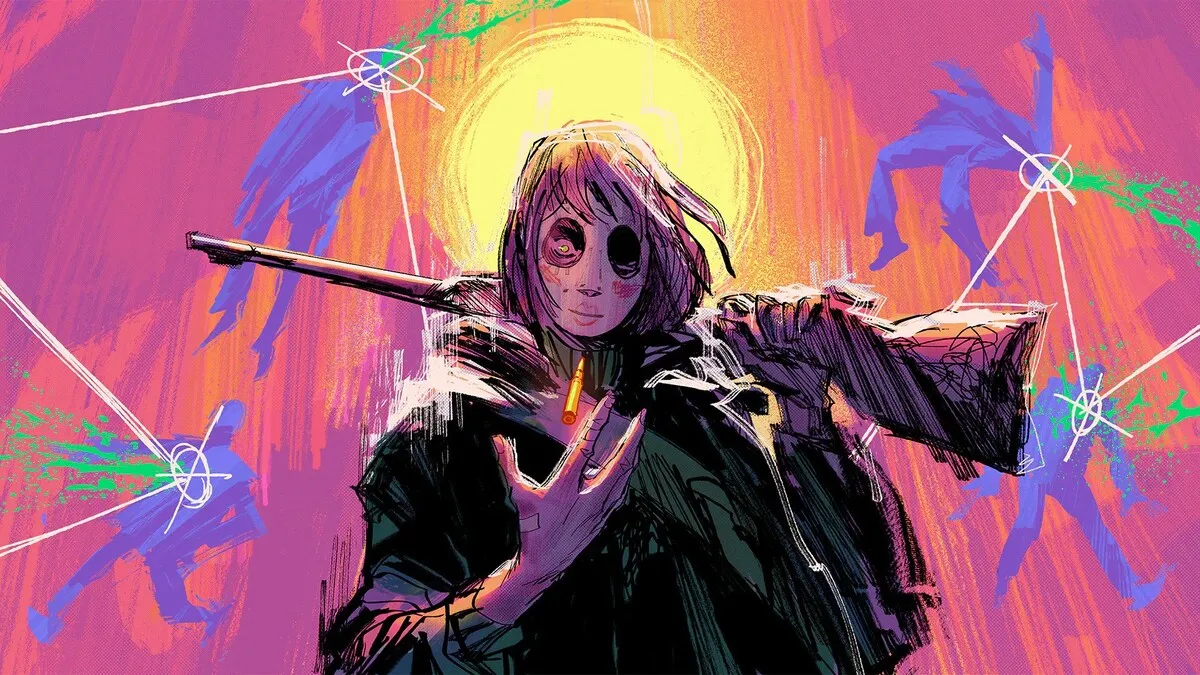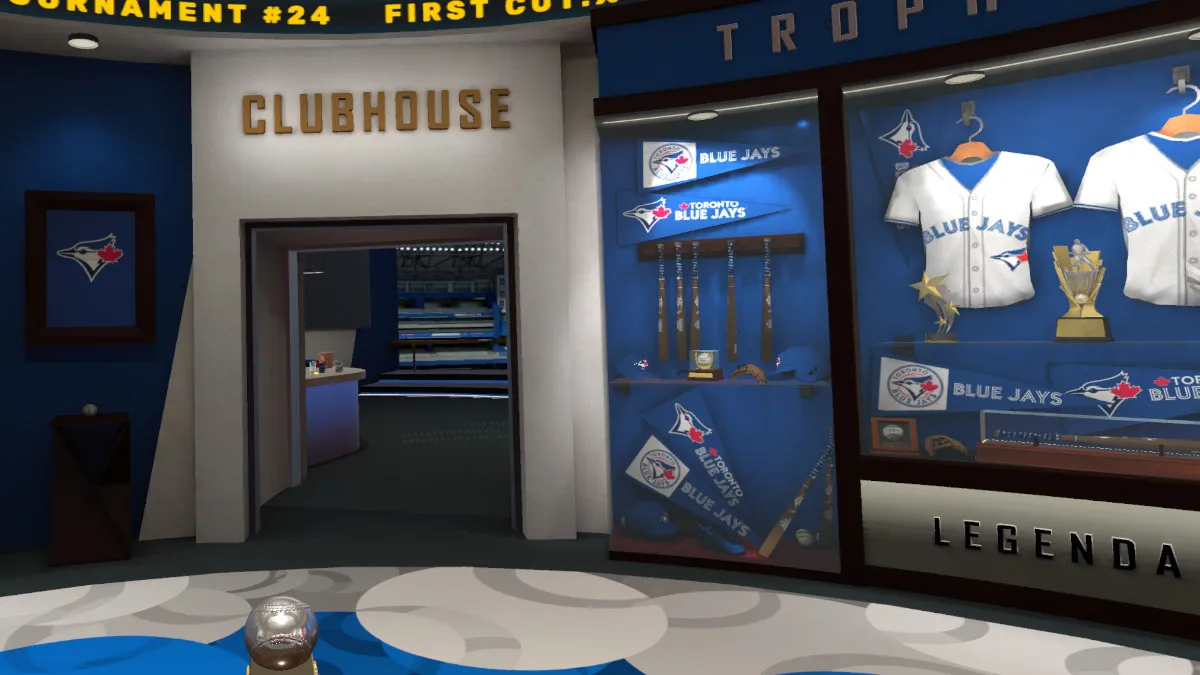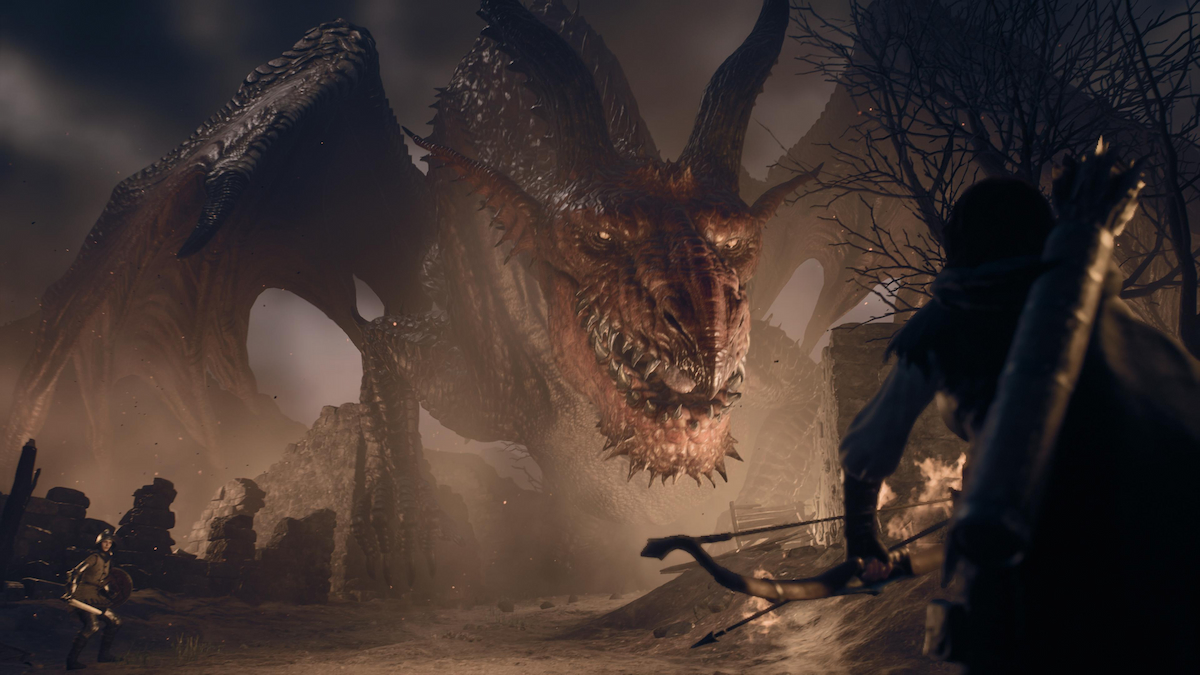First-person narrative indie games are all the rage right now. Games like Gone Home, Outlast, Layers of Fear, and What Remains Of Edith Finch has shown that you can tell a great story within a video game while removing the typical mechanic found in an FPS: the combat. Some people call these glorified walking simulators, I call them interactive movies. I love any new attempt that a developer makes to share their vision with us. Close to the Sun is one of these games. While it doesn’t quite hit the polish of Gone Home or Layers of Fear, it does do a lot right.
Close to the Sun is a first-person, sci-fi thriller developed by a small studio by the name of Storm In A Teacup. I had the pleasure of speaking with them about the game at PAX East 2019 and was surprised to learn it was developed by a team of less than 10. In Close To The Sun, you play as Rose Archer, a journalist who receives a distressing letter from her younger sister, Ada. You see, Ada is aboard a magnificent ship cleverly named the Helios, created by the one and only Nikola Tesla. The Helios is a floating escape for scientists to work on their theories and experiments without being bound by the laws of the world during the 1890s. As to be expected, things went horribly wrong and now you are tasked with exploring the gigantic ship in order to find your sister, uncovering a thrilling mystery along the way.
You wouldn’t be faulted for immediately comparing this game to the first Bioshock. Along with the plot set-up, Close to the Sun’s art-deco inspiration immediately transported me back to my first time playing Bioshock. Close to the Sun starts in almost the same way: entering a mysterious wonder, marveling at the sheer beauty of it, and then remembering that everyone around you is either missing or dead and quickly fearing what awaits you around every corner. However, the similarities start and end there. Where Bioshock is an expertly crafted shooter, filled with choice, freedom, and a 10-ish hour story, Close to the Sun is a combat-less, linear, narrative experience that sets you on a very clear path.
There is very little in the way of player choice in Close to the Sun, which I don’t mind. Sometimes I do just want my handheld in exchange for a fantastic story to unfurl before me and that’s exactly what I got, mostly. Without spoiling too much, (the less you know going into this game, the better) the plot unfolds like a really interesting sci-fi thriller with just a splash of horror and is largely satisfying, minus an ending that left one giant question unanswered. You are guided from chapter to chapter, solving puzzles and revealing the mystery of what happened aboard the Helios. The level-to-level gameplay moves at a perfect pace and is different enough to where I never got bored or felt like I was doing the same, repetitive thing over and over again in order to reach my goal.
My biggest complaint about the gameplay itself is the chase scenes. Similar to Outlast or Amnesia, you occasionally encounter enemies that want to kill you and your only escape is to run. Unfortunately, you cannot hide or even try to outsmart them to buy yourself some more time. If you make even the slightest hiccup during these scripted sequences, you are caught, killed, and have to start the sequence over again. Every chase sequence was meant to be a thrilling experience that left me more frustrated than afraid, learning very quickly that it wasn’t about me choosing the right path as much as it was about timing, trial and error. That type of mechanic does not make for a good game, especially one that crafts such a hauntingly beautiful atmosphere. There are about a dozen or so of these sequences and I audibly groaned every time one arrived, taking me out of the world I was so immersed in.
Visually, Close to the Sun is one of the most impressive games that I have laid my eyes on in recent memory. The art style is absolutely breathtaking and every level from claustrophobia-inducing hallways to giant, sprawling, majestic mezzanines left my jaw on the floor. Little touches like Rose covering the camera with her hand to protect from fire or lightly swat away flies that are hovering over a dead body, are all subtle nuances that add to the visual splendor that is on showcase. I had to constantly remind myself that this was a game made by a team of less than 10. Some AAA games don’t even come close to looking this good. Or even sounding this good.
Every character is voiced excellently with a relatively great script. Little inflections in their voices during certain words, pacing out feelings and emotions, felt very natural and kept me invested. At one point during a fetch mission, Rose makes a funny quip about how many times she has had to go from point A to point B in order to move forward and I just gave a little smirk at the self-awareness of it all. It never broke the fourth wall or my absorption into the game, but it felt like what I would say in a similar situation. The soundtrack is also wonderful. Music is used as a plot device here and is the perfect balance of grand but small if that makes any sense.
Overall, Close to the Sun is a mostly great game. Expert art design, fantastic voice-acting, non-repetitive gameplay, and a sci-fi story that mostly lands all of its marks. If you can get past the purely obnoxious chase scenes and the final unanswered plot hole, you might find yourself really enjoying this little indie gem.
Our Score: 7 out of 10
Close to the Sun is now available on PC for $29.99, exclusively on the Epic Games Store, with plans for a console launch later this year.




